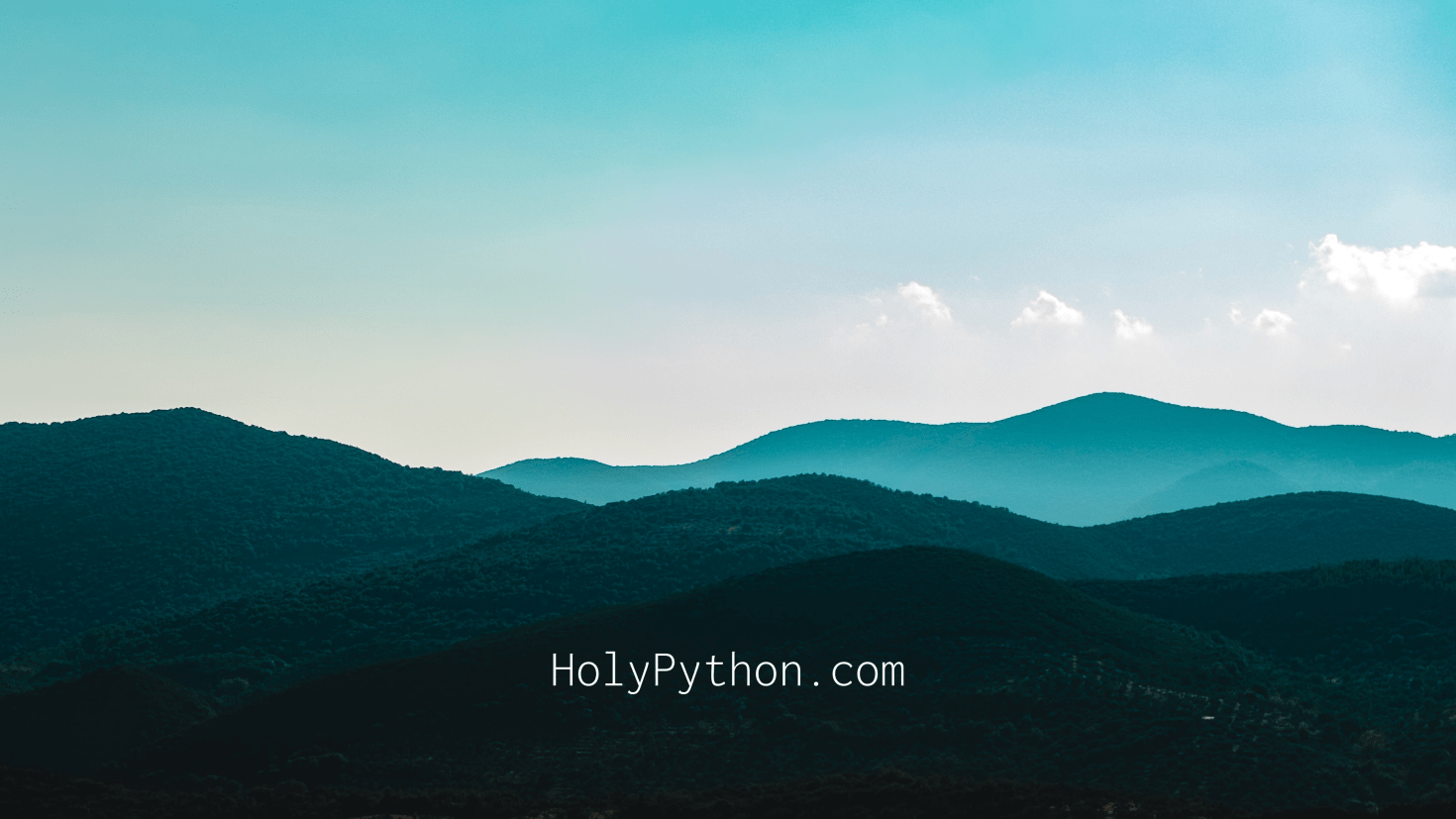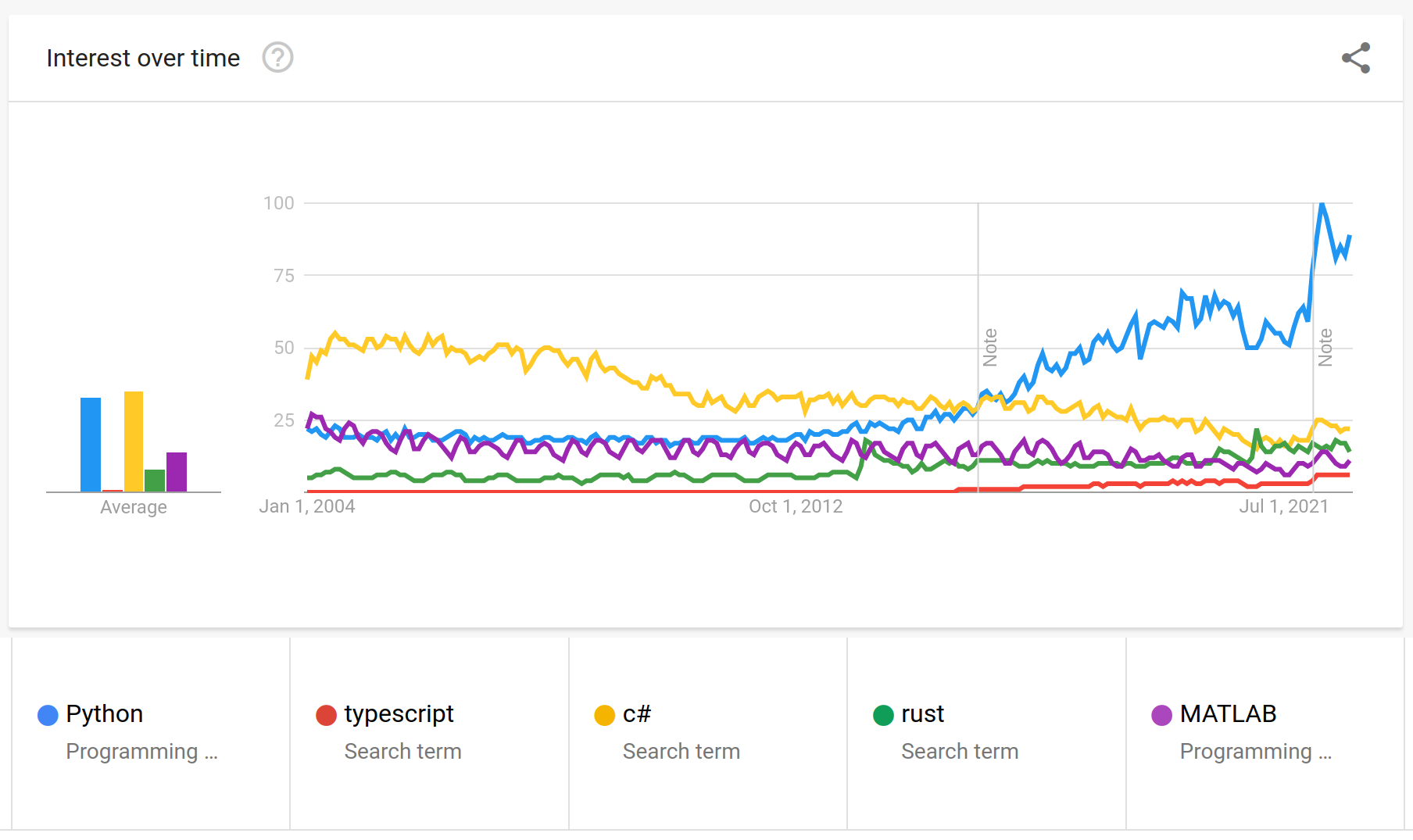What is Python Code?

Python became one of the most popular yet powerful programming languages in the world and it’s used by tens of thousands of developers, programmers, scientists and engineers every single day.
If you are learning Python and other computer science topics, it might be very beneficial to lay out a solid grasp of the most fundamental concepts around this programming powerhouse.
So, what is Python code? How is it created and How is it executed?
In this article we will take a closer look at Python code, how it’s run, its history and its evolution in the context of modern programming languages.
Python code is any piece of text written in Python syntax and it consists of instructions that can be interpreted by Python’s interpreter so that computer hardware can execute those instructions.
What qualifies as Python code?
Programming languages may seem quite abstract to people who are recently introduced to the field. Python code simply is a text file (usually with the extension .py or .py3) which consists of object-oriented instructions (which can be functions, data, variables, statements etc.).
Python’s syntax (rules and nuances of the language and how it’s constructed) is known to be quite readable by human eyes unlike most other programming languages. The readability feature is possible thanks to the Python’s interpreter code base which directly interprets this code and converts it to bytecode for the machines (or computers) to understand.
Arguably a Python code could be as simple as one character. Although not very meaningful, just a single integer “1” could technically pass as a Python code since it wouldn’t violate Python’s syntax. Or Python code can also be as complex as thousands of lines of sophisticated code (Python code is known to scale well making it suitable for long code-base when needed) which interacts with many systems (databases, cloud services, operating systems, other languages, external libraries, machine learning algorithms, neural networks, graphics card etc).
On the minimalist side, the Python code below already has some meaning:
a=1
This operation would assign integer 1 to the variable a. (A relatively meaningful outcome only with three characters.) We are seeing a, the user-created variable, 1, the integer, equal sign, the assignment operator and three character combined, an assignment task.
print("Hello World").What is the Python interpreter?
Python interpreter is a computer program itself which executes Python’s high-level code directly and eliminates the need to compile Python code in low-level machine language.
Without such interpreter system program would need to be compiled because at the final destination computer hardware such as CPU, memory, graphic card, network card and audio card etc. are capable of understanding instructions in bits (ones and zeros in binary base) which is also known as machine language or bytecode.
Ironically what most people refer to as Python is the Python interpreter that interprets the Python codes we write but Python interpreter itself is written in C language due to its capabilities in communicating with computer hardware and old C libraries that come in handy for those purposes.
You can check out our blog post which dives into a bit more detail regarding Python interpreter written in C, also known as CPython.
Other versions of the Python interpreter which are written in other languages exist although the version written with C called Cpython is a lot more commonly used. Below you can find a detailed rundown of various Python Interpreters.
Various Python Interpreters
In addition to CPython Python interpreter, other versions of the Python interpreter which are written in other languages exist although the version written with C called Cpython is a lot more commonly used. Here is a detailed rundown of various Python interpreters:
CPython:
- Written in C
- Converts Python code to bytecode
- Code is executed by the local runtime environment libc
- Has GIL (Global Interpreter Lock)
- Uses C libraries
Jython:
- Written in Java
- Converts Python code to Java bytecode
- Code is executed by JVM (Java Virtual Machine)
- Has no GIL (Global Interpreter Lock)
- Uses Java libraries
Iron Python:
- Written in C# (.NET)
- Converts code to CIL (Intermediate Lang.)
- Code is executed by CLR (Common Language Runtime)
- Has no GIL (Global Interpreter Lock)
- Uses C# (C-sharp) libraries
How to run Python code?
There are quite a few methods to execute Python code.
- IDE development environment: From inside IDEs using the embedded Python interpreter to run Python code.
- .py Python Files: By running Python interpreter installed in operating systems to interpret .py files with Python code in them.
- Executable files: One can create executable files such as .exe files in Windows or any executable file in Linux and execute them directly through the operating system’s GUI or command-line terminal.
- Web applications: Web applications based on Python frameworks get interpreted automatically when visitors interact with the Python web app. Cloud infrastructures (Google Compute Engine) or application hosting platforms such as Google Cloud’s App Engine can be used to host Python apps and the output is rendered as html which can be used through the web browsers.
- Directly from Terminal: You can run Python code directly from the shell or command-line interpreter such as bash, sh, zsh, cmd.exe or PowerShell.
Holy Python is reader-supported. When you buy through links on our site, we may earn an affiliate commission.
What to do with Python code?
Our Python Lessons and Python Exercises at different expertise levels can help you master Python’s syntax and built-in functions and methods so you can write professional, creative and innovative Python code. After some practice and checking out various Python tutorials under different domains this newly acquired yet extremely powerful skill can help you with different objectives as below.
- Making money with Python Code
- Writing Python Scripts
- Creating Mobile Apps
- Creating Web Apps
- Getting jobs at edge-cutting tech companies such as:
- IBM
- Netflix
- Spotify
- Youtube
- Getting jobs at branches of the government as well as governmental agencies:
- Energy department
- Immigration services
- Intelligence agencies
- National defence agencies
- Space agencies
- Science agencies
- Ministry of finance
- Department of city planning
There are countless full-time, part-time, location-dependent and remote positions where people who are capable of analyzing and developing sophisticated Python codes can be extremely helpful for these institutions and agencies.
History of Python Code
In 1989, Guido Van Rossum was working on a distributed operating system called Amoeba using C programming language. During his work Guido realized C was taking way too much time to code and he came up with an idea to combine practical properties of scripting languages (such as bash) with readability and multipurpose properties in mind.
Guido started working on his side project never expecting it to reach the fame it did today and named it after his favorite British comedy group Monty Python.
In February 1991, Guido published Python’s first source code (Python 0.9.0) on an online Usenet group named alt.sources. This version surprisingly included many of the Python fundamental components such as functions, classes, integers, floats, strings and even dictionaries. Later on Python 2.0 was going to introduce Python’s signature implementations lambda, list comprehensions, dictionary comprehensions and filter and map functions.
- December 1989: Python implementation starts
- February 1991: Python 0.9.0
- January 1994: Python 1.0
- October 2000: Python 2.0
- December 2008: Python 3.0
Date
Python Release Version
February 1991:
Python 0.9.0
January 1994:
Python 1.0
October 2000:
Python 2.0
December 2008:
Python 3.0
Evolution of Modern Programming Languages
Most of the articles, including drafts, work papers and their calculations regarding the development of CPL belong to the Special Collections archive of Oxford University’s Bodleian Library today.
Some of these documents don’t become part of The National Archives of the United Kingdom of Great Britain and Northern Ireland before 80 years have passed. Here is the Main Features of CPL section of the 1967 academic paper which introduced CPL by D. W. Barron, J. N. Buxton, D. F. Hartley, E. Nixon, C. Strachey.
BCPL can be considered the mother of C and all modern languages. Its developer Professor Martin Richards has a great paper on the evolution of BCPL from CPL: How BCPL evolved from CPL. (Martin Richards is 85 years old and he currently resides in Cambridge. You can read more about his work at his personal website. BCPL is still in use and its source code can be copied here: BCPL source code.
From Martin Richards paper regarding the evolution of BCPL:
Although CPL did not survive for long, BCPL was used extensively at places like MIT, Xerox PARC and Cambridge, and is still in use both commercially and by individuals.

CPL
BCPL
B
C
Python
Who uses Python code?
Summary
In this Python Tutorial we learned the definition of Python code and its various features as well as the history of Python programming language and how it evolved from other languages throughout the years.
On the practical side, we listed and explained different methods to run Python code and Python scripts and programs.
We also explained how Python code gets interpreted using an implementation in C code and alternatives Python Interpreters written in other languages such as Java and C#.

